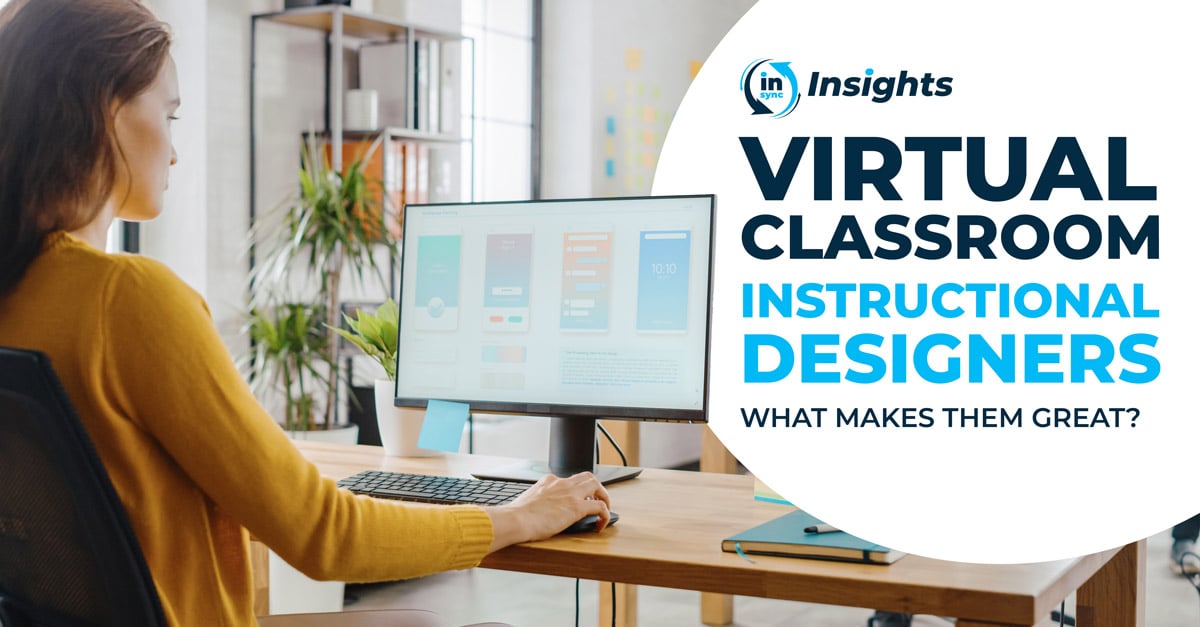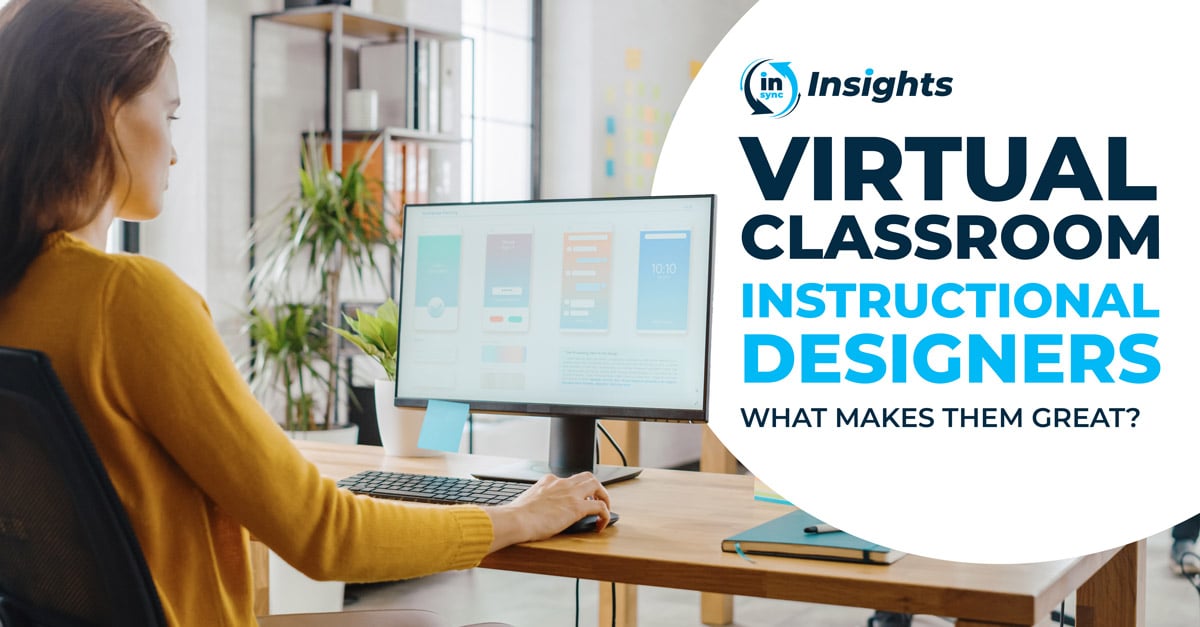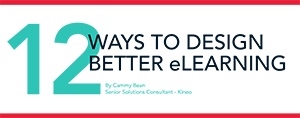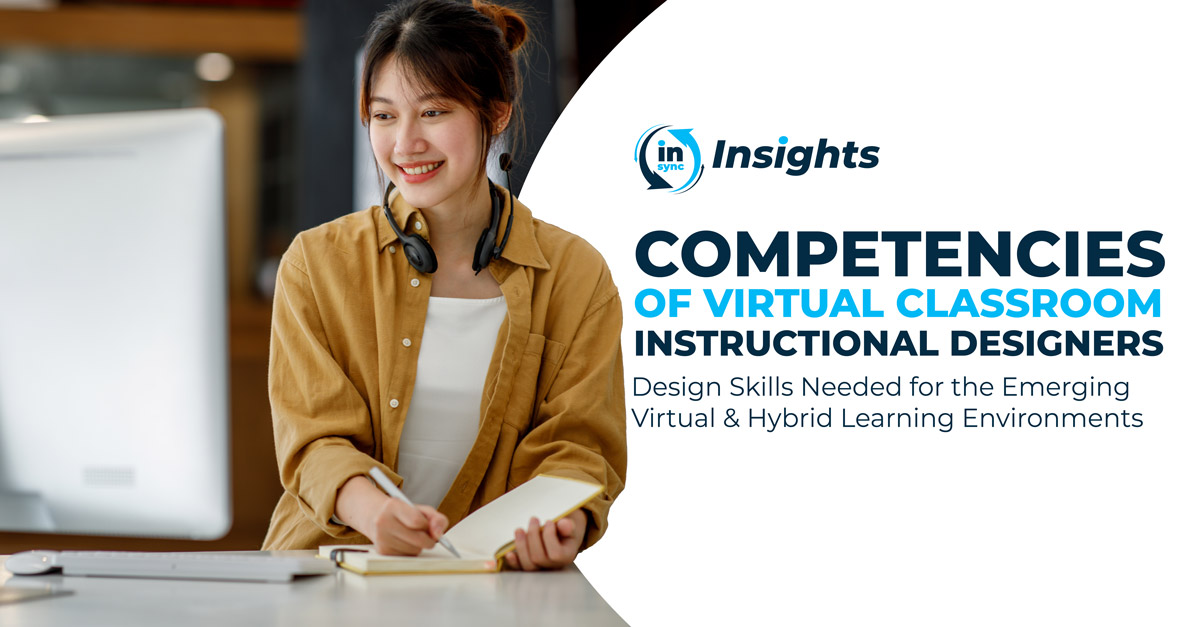Infographic - 12 Ways to Design Better eLearning
eLearning has become commonplace in corporate training. It offers an adaptable way to teach a variety of technical and soft skills. But how can we...
2 min read
 Jennifer Hofmann
:
Sep 21, 2022 7:15:00 AM
Jennifer Hofmann
:
Sep 21, 2022 7:15:00 AM

Virtual Instructional Designers manage the development and design of learning content for blended and virtual classroom-based instruction. Without the designer there would be no training programs to deliver. They connect client needs to solutions through analysis and execution of an effective design process.

Designers evaluate objectives to determine if they work for the virtual classroom. They make the material come alive by adding context to the content through teachable stories and engaging activities. Read on - or get the big picture in our infographic Good To Great Instructional Designers: A Checklist
An exceptional Virtual Classroom Instructional Designer possesses a number of key qualities:
A top Virtual Classroom Instructional Designer effectively uses analysis, creativity, and understanding of virtual learning to create engaging and useful learning experiences.
In an earlier post, we discussed Six Key Competencies to Design for Virtual and Hybrid Learning Environments. Let's dig a big deeper into what a designer really does.
The Virtual Classroom Instructional Designer has three primary jobs:
Ownership means the instructional designer:
Preparation means the instructional designer:
Execution means the instructional designer:
The Good To Great Instructional Designers: A Checklist infographic is just a start. Certify as a Virtual Classroom Designer as the next step in your professional development.
Earn your Virtual Classroom Design Certification. Sign up for InSync's Virtual Classroom Design Mastery certificate program. Become an expert in fostering engagement and creating dynamic virtual learning experiences. Take the next step in shaping impactful virtual classrooms.

eLearning has become commonplace in corporate training. It offers an adaptable way to teach a variety of technical and soft skills. But how can we...

Design Skills Needed for the Emerging Virtual & Hybrid Learning Environments As remote work becomes more common, virtual training is now a key part...
 Read More
Read More